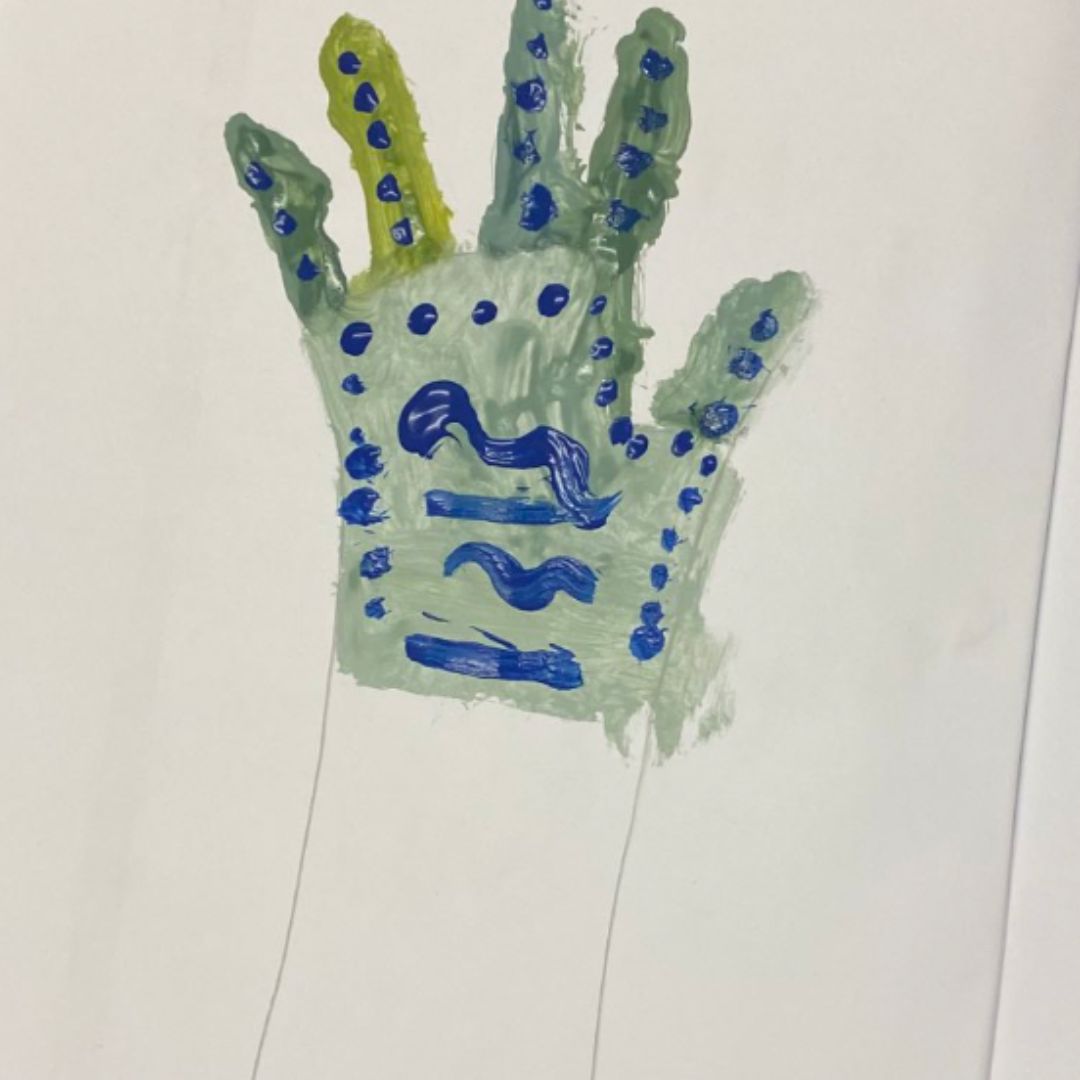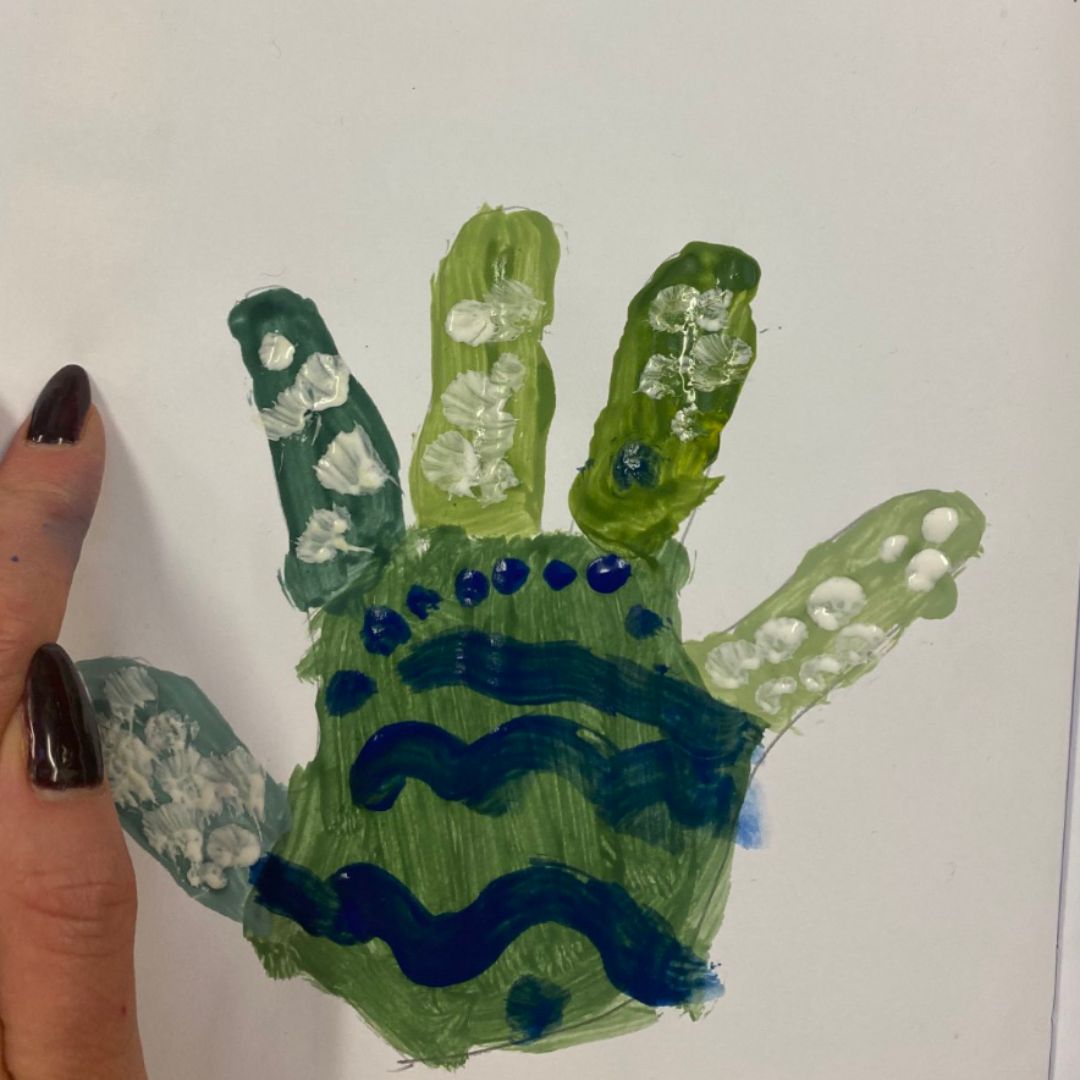Learning intention
- To experiment with paint mixing to make a range of secondary colours.
Success criteria
- I can mix two primary colours to make
This content is for subscribers only. Join for access today.
Cambridge Primary Art & Design (0067) Learning objectives
Experiencing
E.02 Explore media,
This content is for subscribers only. Join for access today.
Before the lesson
This content is for subscribers only. Join for access today.
Lesson plan
Recap and recall
Show the Presentation: Agree or disagree? Read the question. Tell learners to show two thumbs up if they agree or two thumbs down if they disagree.
This content is for subscribers only. Join for access today.
Extended-mode explainer videos
How to extend your display to view the lesson page and preseantion mode simultaneously. Choose your operating system below to watch the video
If you need further support with extending your display,
please contact [email protected].
Differentiation
Learners needing support;
- Could use the Activity: Hand outline template.
- Could work in pairs: one learner draws around the other’s hand, and then they swap roles.
- Could use finger grips to hold fine paint brushes for the pattern work.
- Could use finger grips to remind them where to hold the brush to make controlled brush strokes.
Learners working at a stretch:
- Should have more detail in their patterns.
- Could paint a pattern outside of the palm shape to fill the whole paper.
- Should be encouraged to use two other primary colours and explore the range of different shades, from light to dark.
This content is for subscribers only. Join for access today.
Assessing progress and understanding
Learners with secure understanding can:
- Mix five different shades of a secondary colour.
- Use
This content is for subscribers only. Join for access today.
Vocabulary definitions
-
shade
A colour referring to how dark or light it is.
This content is for subscribers only. Join for access today.
Example work

Auckley School, United Kingdom

Auckley School, United Kingdom
This content is for subscribers only. Join for access today.
In this unit
Lesson 1: Making colours
Lesson 2: Painting with colour
Lesson 3: Printing with paint
Lesson 4: Exploring colour mixing
Lesson 5: Clarice Cliff plates

